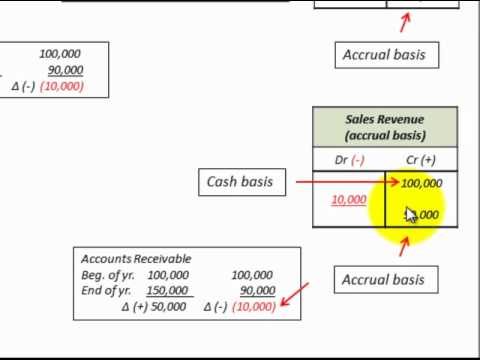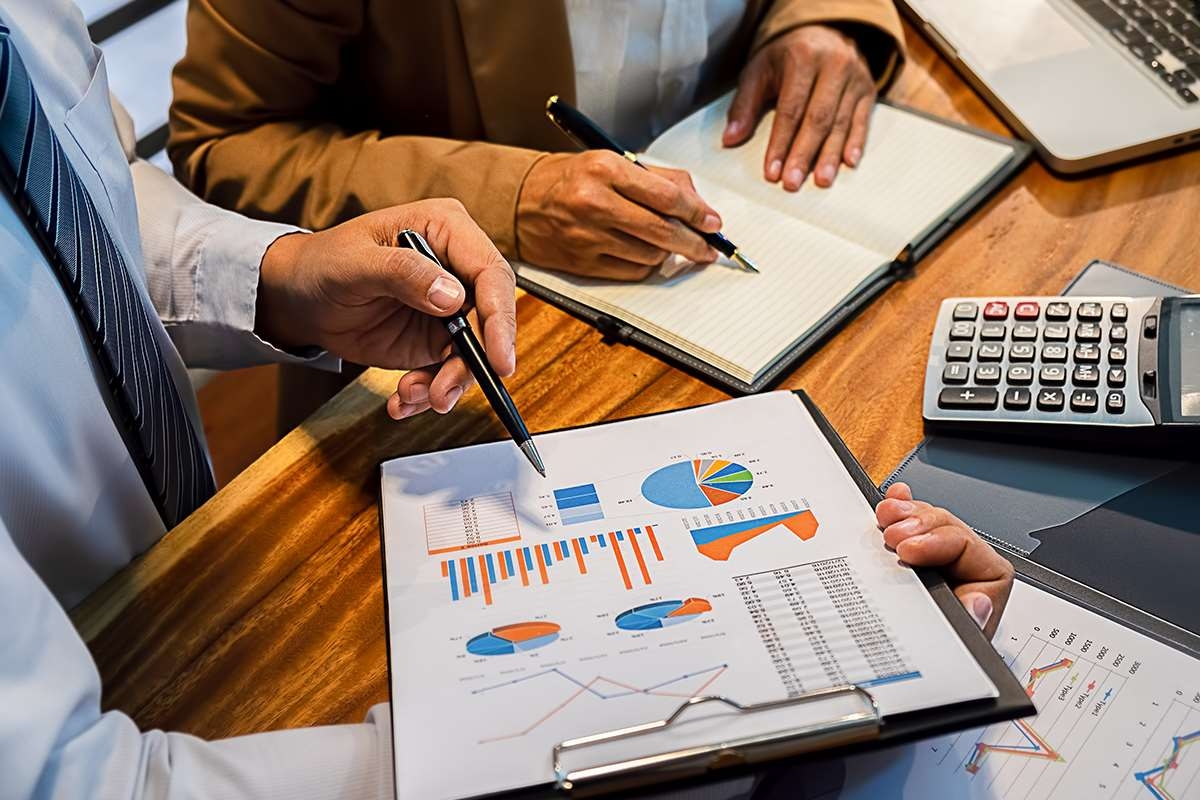Bookkeeping
Cash to Current Assets: Definition & Examples

It gets reversed at a time when the expense is deducted for tax purposes. The examples of prepaid expenses include prepaid rent, prepaid insurance etc. Thus, one of the key cash management strategies entails that idle cash should not be locked up into unproductive accounts. Instead, surplus cash needs to be put into such marketable instruments. Expected or average financial ratios may vary depending on the business, and depending on where it is in the business life cycle.
Bet on These 4 Top-Ranked Liquid Stocks for Robust Returns – Yahoo Finance
Bet on These 4 Top-Ranked Liquid Stocks for Robust Returns.
Posted: Mon, 19 Jun 2023 11:58:00 GMT [source]
These items are typically presented in the balance sheet in their order of liquidity, which means that the most liquid items are shown first. The preceding example shows current assets in their order of liquidity. After current assets, the balance sheet lists long-term assets, which include fixed tangible and intangible assets.
Financial Ratios That Use Current Assets
If the loan can be repaid within one year, it may become a current asset. It excludes noncurrent assets such as property, plant, and equipment, intangible assets, and goodwill. Current assets are assets that can be quickly converted into cash within one year. These assets, once converted, can be used to fulfill current liabilities if needed. The most common noncurrent assets are property, plant, and equipment (PP&E), intangible assets, and goodwill.
Outrigger to acquire Maui’s Kā’anapali Beach Hotel – TOPHOTELNEWS
Outrigger to acquire Maui’s Kā’anapali Beach Hotel.
Posted: Wed, 28 Jun 2023 13:00:38 GMT [source]
Inventory covers the products you sell and is listed on your balance sheet as finished goods, works-in-progress, raw materials, and supplies. If customers and vendors won’t pay their debts, the AR isn’t that liquid. This is another reason why management should always evaluate the current accounts for value at the end of each period.
How is Total Current Assets Calculated?
If the inventory is unable to be sold, the current ratio may still look acceptable at one point in time, even though the company may be headed for default. Current assets are short-term assets that can be used up or converted to cash within one year or one operating cycle. Non-current assets are long-term assets that a company expects to use for more than one year or operating cycle. To find a company’s current assets you can look at its balance sheet, one of the main financial statements. “Both current assets and current liabilities are found every quarter on a company’s balance sheet statement,” says Stucky.

Its current liabilities, meanwhile, consist of $100,000 in accounts payable. In this scenario, the company would have a current ratio of 1.5, calculated by dividing its current assets ($150,000) by its current liabilities ($100,000). Additionally, some companies, especially larger retailers such as Walmart, have been able to negotiate much longer-than-average payment terms with their suppliers. If a retailer doesn’t offer credit to its customers, this can show on its balance sheet as a high payables balance relative to its receivables balance. Large retailers can also minimize their inventory volume through an efficient supply chain, which makes their current assets shrink against current liabilities, resulting in a lower current ratio. The Quick Ratio, also known as the acid-test ratio, is a liquidity ratio used to measure a company’s ability to meet short-term financial liabilities.
Cash Equivalents
Think of current assets—also frequently (and aptly) referred to as liquid assets—as the glass of water your business can “drink” if it’s thirsty for cash. Your long-term assets, meanwhile, are that glass of ice—you can’t convert these assets to hard currency (i.e., water) as quickly. Even when your business is on track to succeed in the long-term, current assets can be helpful if you need extra money to cover short-term expenses.
- Company B has more cash, which is the most liquid asset, and more accounts receivable, which could be collected more quickly than liquidating inventory.
- Current assets include cash and cash equivalents, accounts receivable, inventory, and various prepaid expenses.
- Fixed assets are resources with an expected life of greater than a year, such as plants, equipment, and buildings.
- Inventory items are considered current assets when a business plans to sell them for profit within twelve months.
An asset can be thought of as something that, in the future, can generate cash flow, reduce expenses, or improve sales, regardless of whether it’s manufacturing equipment or a patent. Thus, unless deemed to be impaired, the long-term asset’s recorded value remains unchanged on the balance sheet even if the current market value is different from the initial purchase value. Marketable securities include assets such as stocks, Treasuries, commercial paper, exchange traded funds (ETFs), and other money market instruments. But there’s nothing new about commercial real estate’s cyclical nature.
Accounts Receivable
Furthermore, a right or other type of access can be legally enforceable, which means economic resources can be used at a company’s discretion. An asset represents an economic resource owned or controlled by, for example, a company. An economic resource is something that may be activity-based costing in healthcare saves millions scarce and has the ability to produce economic benefit by generating cash inflows or decreasing cash outflows. An asset is a resource with economic value that an individual, corporation, or country owns or controls with the expectation that it will provide a future benefit.
Assets can be broadly categorized into current (or short-term) assets, fixed assets, financial investments, and intangible assets. The trade receivables in Nestle’s balance sheet for the year ended December 31, 2018 stood at Rs 1,245.90 million. Now, the company adopts a different approach to calculate accounts receivables. It provides for the expected credit losses on trade receivables based on the probability of default over the lifetime of such receivables. The allowance is determined after considering (i) the credit profile of the customer, (ii) geographical spread, (iii) trade channels, (iv) vast experience of defaults etc.
Important Ratios That Use Current Assets
It also covers all other forms of currency that can be easily withdrawn and turned into physical cash. In the meantime, start building your store with a free 3-day trial of Shopify. Shaun Conrad is a Certified Public Accountant and CPA exam expert with a passion for teaching. After almost a decade of experience in public accounting, he created MyAccountingCourse.com to help people learn accounting & finance, pass the CPA exam, and start their career. There are many different assets that can be included in this category, but I will only discuss the most common ones. An asset can also represent access that other individuals or firms do not have.
When the short-term loan is provided to the staff, the company needs to record those outstanding loan amounts in the entity financial statements under the correct assets section. The company might consider the loan on another management account for controlling purposes. Some company wants to motivate their staff, and they allow their staff to borrow the company’s money for a short-term period like three to six months. If a company receives cash from a loan, the amount received is considered a current asset. However, the balance sheet also adds the loan amount to the liability section.


